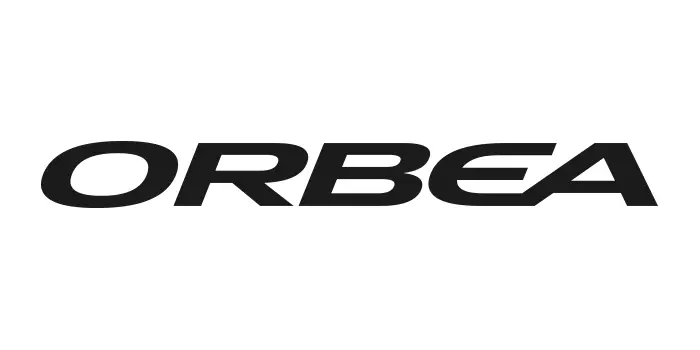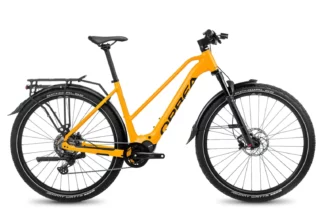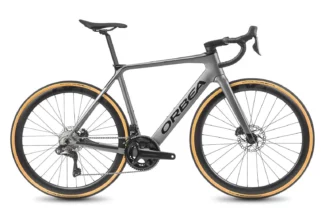Overview of Orbea E-Bikes
Orbea was originally founded in 1840 in the Basque Country of Spain as a gun-making company. Moving 100% into bikes in the 1930s, Orbea has one of the most illustrious histories in cycling in the world. Just four years into Orbea’s bike production, a cyclist on one of its bikes came second in the Tour de France road cycling grand tour.
It moved into mountain biking in the early 2000s and, as with its road bikes, made its mark in world competition by earning a number of Olympics and World Championship medals.
In 2016, Orbea released its first electric bike. It soon won design awards due to its lightness and agility. Many even asked whether the Orbea Gain was indeed an e-bike, as it felt just like riding a traditional bike. In 2017, the company moved into eMTBs with the launch of the FS series — which is still on sale today.
In 2021, the fully customizable Orbea Rise eMTB was launched. It pushes the boundaries of what’s possible in an electric mountain bike. Lightweight, long-range, and amply powered, the Rise is one of the best eMTBs on the road today.
Our Review of Orbea E-Bikes
Orbea still assembles its bikes in Portugal and Spain today, whereas most major international brands now have them made in Asia. This allows the company to fully customize its higher-priced machines to your requirements. As an example, you can have the Rise e-bike in any color scheme you want for zero added cost.
In buying an Orbea electric bike, you’re buying from a brand with one of the longest still-operating histories in the world. With its lifetime warranties on its frames and commitment to quality in the tiniest details, there’s no questioning the quality and potential performance of this brand’s machines.



